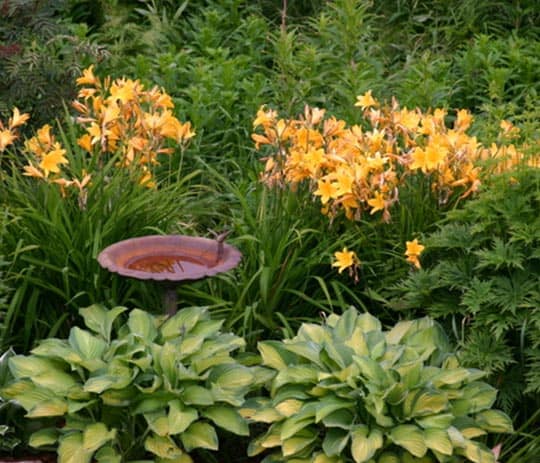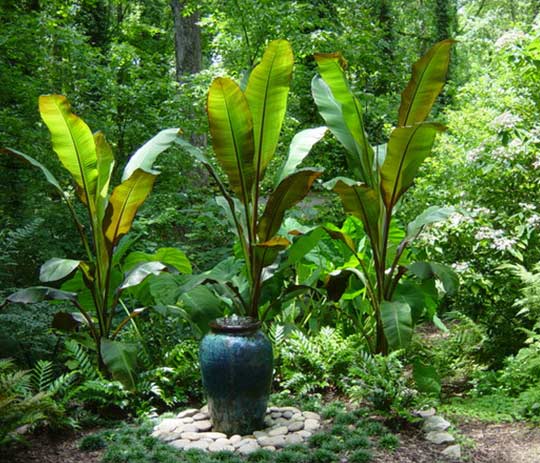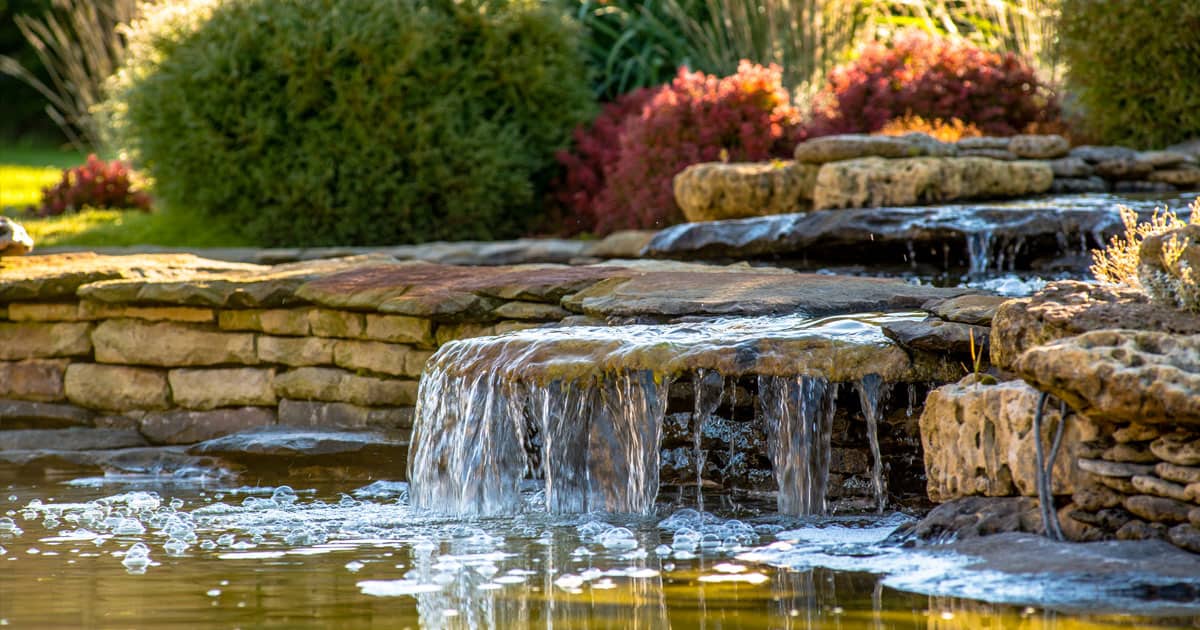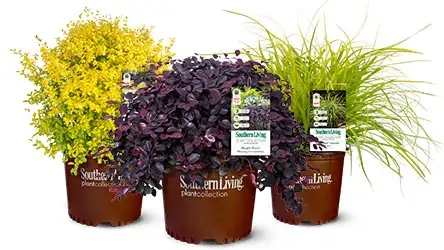Just thinking about it, makes me feel cooler. I am hoping to get my own water garden finished this summer.
Whether it’s a small pond, a birdbath or a water garden in a large decorative pot, water appeals to our sense of sight, sound and touch. Some of us are fortunate to have borrowed views of water that add to our gardens, like oceans, bays, rivers or streams. And studying water in the wild gives us valuable clues about how to use it in our own landscape, especially when it comes to the placement of rocks, types of rocks, and the plants that grow near water.
If you decide to add a water garden to your landscape here are a few things to consider.
1. Style
The type of water garden you add, whether it’s formal or informal and the materials you use, should complement the style of your house and garden.
2. Siting
No matter what type of water garden you have, placement is key.
Site free-standing water gardens as a focal point or a surprise that is revealed from certain points in the garden.

Use plants to help anchor your water garden to its surroundings.
In-ground water features should look as if they are part of the design for your house and garden, not an afterthought. Before you dig out a pond, sit inside your house and look out to the area where you will install a pond or a waterfall. This will help you determine where to place rocks and how the water will flow.
Incorporate plants like elephant ears, such as Little Black Magic Dwarf Elephant Ears, and iris along the edge of your pond as well as in pots in the pond to give it a finished look. You can also try accenting with tropicals such as ‘Sophia Vogue’ or ‘Vivian Vogue’ Mandevilla. A gentle slope may be the perfect site, allowing you to grade softly in the direction that the water will drain.
If you select the lowest area in your landscape to site your pond be aware of potential contamination from runoff, pesticides, dirt, and pollen.
For water gardens that require a pump, you will need an outlet that is a ground fault system (GFI). This is a tripper unit that detects voltage loss and flips a switch; the safest and easiest way to deal with electricity.
3. Types of Water Gardens

Fountains of all types and sizes are popular, ranging from simple to elaborate.
Birdbaths are easy to install and maintain. Millstones of different sizes are attractive and relatively easy to adapt as water features with water that recirculates.
Large oversized urns or pots also make beautiful water gardens. Often they can be purchased as a unit that just needs water and electricity. But, you can also make your own. Wall-mounted fountains are ideal for a small self-contained water feature; even the tiniest patio can accommodate one.
Remember with all water gardens, accessorizing with plants is always a good idea.






